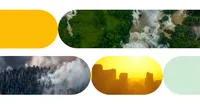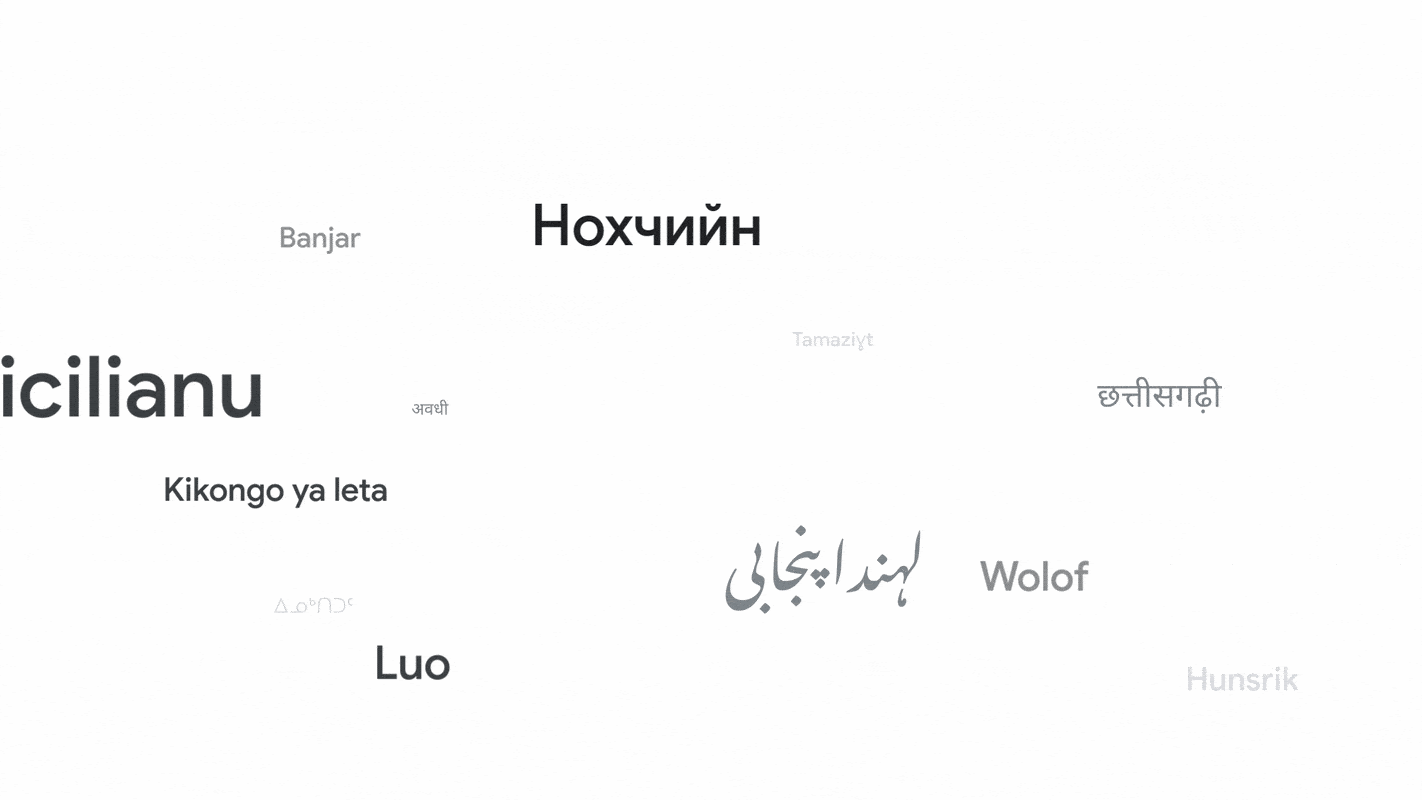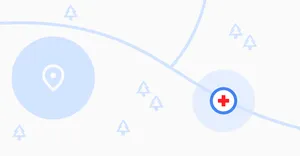How Google is helping Canadians stay safe and informed in moments of crisis

It’s Emergency Preparedness Week in Canada and this year’s theme is Be Prepared. Know Your Risks, which encourages Canadians to understand potential risks in their areas and learn what actions they can take to protect themselves and their families.
Every day at Google we aim to make the world’s information universally accessible and useful. In emergency situations, this mission is even more critical. That’s why for over a decade we’ve been partnering with those on the front lines to develop technology and programs that help keep people safe, informed, and out of harm’s way.
Here are some of the ways we’re leveraging the power of technology, including artificial intelligence, to provide actionable information that can help Canadians stay safe and help communities plan ahead.
Forecasting and alerts
Google invests heavily in the development of forecasting and alerting tools that leverage sophisticated AI models, data resources, and partnerships with governments, academia and NGOs, to help people stay safe and informed. From forecasting riverine floods and detecting boundaries of wildfires, to issuing weather-related warnings from partners including Environment and Climate Change Canada through our Google Public Alerts platform, Google tools help people access trusted information and resources in critical moments. This includes seamless integration in products like Google Search and Google Maps, as well as Android devices, ensuring that potentially life-saving alerts reach people when they need them most.
Improving and expanding flood forecasting
Since 2018, Google Research has been working on our flood forecasting initiative, which uses advanced AI and geospatial analysis to provide real-time flooding information, to help inform communities and individuals to prepare for and respond to riverine floods. Our real-time flood forecasts and visualizations are available on the Flood Hub platform and, where possible, also on Search and Maps.
Our Flood Hub is also used by governments, aid organizations, and individuals to take timely action and prepare. Flood Hub currently covers river basins across over 80 countries worldwide, providing critical flood forecasting for over 1800 sites and covering a population of 460M people. This year, our AI-powered tools are producing locally relevant flood data and forecasts up to 7 days in advance.
You can read more on how breakthroughs in AI can help provide reliable flood predictions even in regions that previously lacked data on our Research Blog.
Tracking wildfire boundaries and predicting fire spread
As wildfires become more frequent, we’re working to provide information about where fires are — and we’re also exploring how AI can predict where a fire will spread. In 2022 alone, Google covered over 30 big wildfire events in Canada and the U.S., with more than 7 million views in Search and Maps, helping to inform the public and firefighting teams. In 2023, our SOS alerts provided timely safety information to over 30 million people across 120 wildfire events around the world.
Our wildfire boundary tracker uses AI and satellite imagery to map large fires in close to real time and updates every 15 minutes. This is available on Google Search and Maps in fire-prone parts of Canada, the U.S., Chile, Argentina, Brazil, Mexico and Australia, and we are working to expand coverage.
Helping people and cities adapt to extreme heat
With the increasing prevalence of extreme heat events, in 2023 we launched extreme heat alerts on Search, so when people search for information on extreme heat, they see details about when a heat wave is predicted to start and end, tips on staying cool and related health concerns to be aware of from the Global Heat Health Information Network (GHHIN).
We’re also using technology to help keep cities cool with our Tree Canopy tool (part of our Environmental Insights Explorer platform) which combines AI and aerial imagery so cities can understand their current tree coverage and better plan urban forestry initiatives. Tree Canopy has the potential to help cities create cooler, safer urban environments for millions of Canadians.
Continuing innovation and partnership
Of course, even with all of the progress we’ve made with forecasting and alert technologies, there are still many challenges to overcome and much more that can be done. Along with our partners in Canada and around the world, we will continue developing, maintaining and improving technologies and digital tools to help protect Canadians and prepare communities to adapt and respond to emergency situations.





